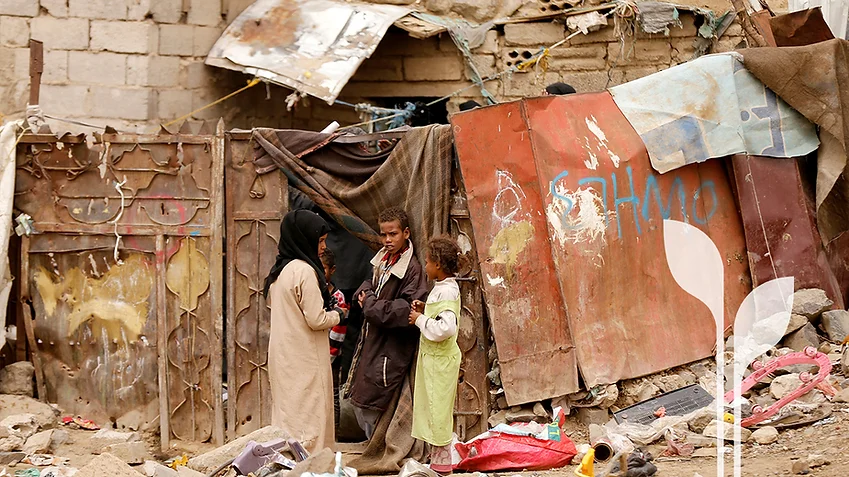The Hadi government and the Houthis have agreed to convene in Geneva for consultations beginning September 6, although both sides are expressing low expectations a political settlement to the conflict will be reached. In Hodeidah, little has changed on the perimeter of the port city, but fighting rages in several districts to the south, especially Al-Durayhimi. Nearly all major commodities are sparsely available in Hodeidah, while in all other governorates there is availability of food commodities but not diesel or petrol, according to the WFP. Despite the availability of foodstuff, however, locals find themselves increasingly unable to meet their needs as the exchange rate reached as high as 600 YER/USD by the end of August.
Around 345,000 people in Hodeidah governorate have been displaced between June and early August due to the fighting, two-thirds of whom have been displaced either within the governorate or to Sana’a city. These two locations collectively accounted for about 25 percent of the 1.12 million suspected cholera cases to date, further increasing the chance of another outbreak. 400,000 people in three districts of Hodeidah and Ibb were given a cholera vaccination in August, and optimism was expressed that a joint effort by NASA and DFID has enabled UNICEF to effectively target the populations most at-risk to spread the disease. The 120,000 suspected cholera cases recorded so far this year is fewer than for the same period in 2017, but UN agencies remain concerned about a possible third wave of the epidemic.
Several hundred civilians were killed by the warring parties in August, and in what UNICEF called “the single worst attack [on children] since 2015,” an airstrike hit a bus carrying schoolchildren in Sa’ada, killing 46 people and wounding 75. The Group of Regional and International Eminent Experts on Yemen, established by the UN Human Rights Council in September 2017, released its findings, saying “there is little evidence of any attempt by parties to the conflict to minimize civilian casualties.”
